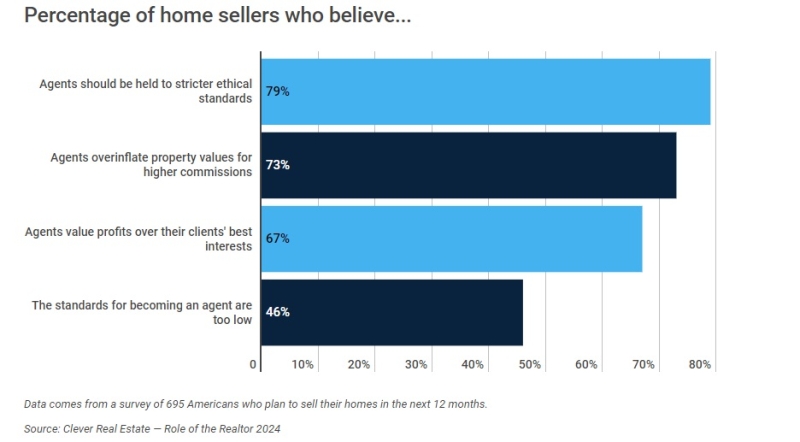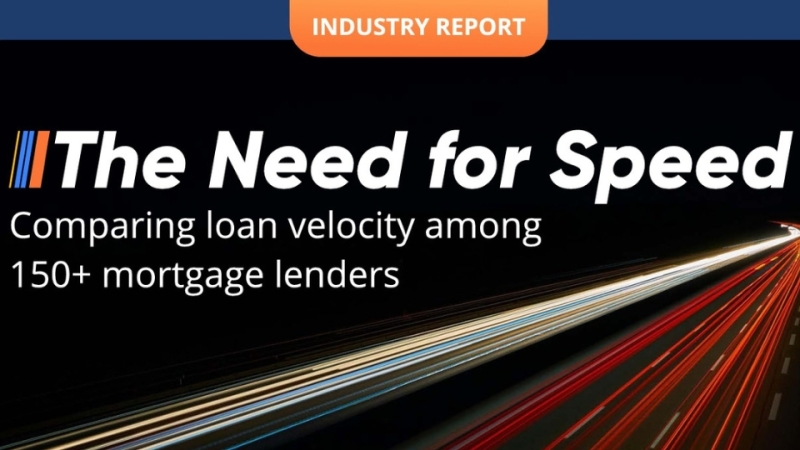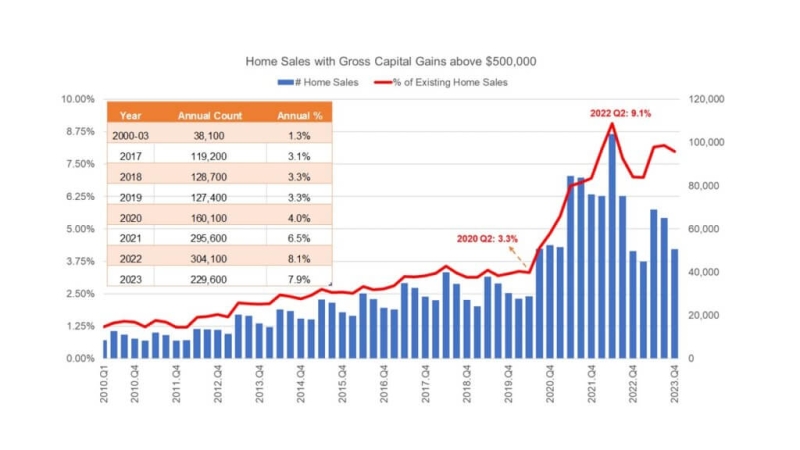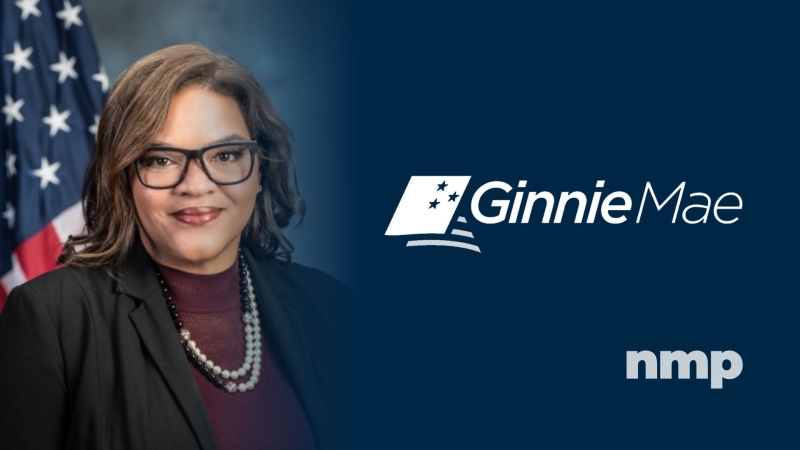Advertisement
Turnkey mortgage modification solution announced by national law firm McGlinchey Stafford PLLC
Bush administration announces flexibity for HOPE for Homeowners programMortgagePress.comHOPE for Homeowners, Steve Preston, HUD, Emergency Economic Stabilization Act of 2008, Brian D. Montgomery
U.S. Housing and Urban Development Secretary Steve Preston has
announced that the HOPE for Homeowners (H4H) Board of Directors has
approved changes to the program to help more distressed borrowers
refinance into affordable, government-back mortgages. The changes
will reduce the program costs for consumers and lenders alike while
also expanding eligibility by driving down the borrower's monthly
mortgage payments.
"Clearly, meaningful changes were needed. These modifications
should increase lender participation and help more families who are
having difficulty paying their existing mortgages, but can afford a
new affordable loan insured by HUD's Federal Housing
Administration," said Preston.
By taking full advantage of the new authority provided under the
Emergency Economic Stabilization Act (EESA) of 2008, H4H will
provide additional mortgage assistance to struggling
homeowners.
Modifications to H4H include:
• Increasing the loan to value ratio (LTV) to 96.5 percent
for some H4H loans;
• Simplifying the process to remove subordinate liens by
permitting upfront payments to lienholders; and
• Allowing lenders to extend mortgage terms from 30 to 40
years.
"These changes will further encourage lenders to take a hard
look at this program before heading down the path to foreclosure
and will provide families with another resource to refinance into a
loan they can afford," said FHA Commissioner Brian D. Montgomery.
"HOPE for Homeowners will continue to serve as another loss
mitigation tool that can be used to help families keep their
homes."
H4H will continue to only offer affordable, government-insured
fixed rate mortgages. Further, this program will maintain FHA's
long-standing requirement that new loans be based on a family's
long-term ability to repay the mortgage. Only owner-occupants are
eligible for FHA-insured mortgages.
Increasing the loan-to-value and adjusting
debt-to-income ratios
The program will increase the loan-to-value ratio (LTV) on H4H
loans to 96.5 percent for borrowers whose mortgage payments
represent no more than 31 percent of their monthly gross income and
household debt no more than 43 percent. This change will expand the
number of eligible borrowers. Raising the loan-to-value ratio
reduces the gap between the existing loan balances and the new H4H
loan and decrease losses to the existing primary lienholders.
Alternatively, the program will continue to offer borrowers with
higher debt loads a 90 percent loan-to-value ratio on their H4H
loans. This LTV ratio will include borrowers with debt-to-income
ratios as high as 38 and 50 percent. In conjunction with the LTV
change, H4H will eliminate the trial modification that was
previously required. This measure was too complicated and required
delicate negotiations among the existing lienholders, the new H4H
lender, and the borrower.
Immediate payments to subordinate
lienholders
H4H will offer subordinate lienholders an immediate payment in
exchange for releasing their liens, to permit more borrowers access
to the program. Previously, subordinate lienholders who released
their liens were only eligible to receive a small recovery payment
when the home owned by the H4H borrower was sold. Given the amount
of time that would pass between the creation of the H4H and the
ultimate sale of the home, as well as the tremendous market
uncertainties, subordinate lienholders were not guaranteed any
return at all. To address this problem, the subordinate lienholders
may now receive an immediate payment at the time the H4H loan is
originated.
Extending loan terms from 30 to 40 years
To assure that borrowers are put into the most affordable monthly
payment possible, H4H will permit lenders to extend the mortgage
term from 30 to 40 years. For borrowers with very high mortgage and
household debt loads, extending out the amortization period may
reduce their monthly payments enough to make it possible for them
to qualify for this rescue product and save their homes.
Consistent with statutory and regulatory requirements, borrowers
must continue to meet the following criteria:
• Their mortgage must have originated on or before Jan. 1,
2008.
• They cannot afford their current loan.
• They must have made a minimum of six full payments on
their existing first mortgage and did not intentionally miss
mortgage payments.
• The loan amount may not exceed a maximum of
$550,440.
• The Upfront Mortgage Insurance Premium is 3 percent and
the Annual Mortgage Insurance Premium is 1.5 percent.
• The holders of existing mortgage liens must waive all
prepayment penalties and late payment fees.
• They do not own a second home.
• They did not knowingly or willfully provide false
information to obtain the existing mortgage, and they have not been
convicted of fraud in the last 10 years.
• They must follow FHA's long-standing and strict policy
of fully documented income and employment.
The H4H program was authorized by the Housing and Economic
Recovery Act of 2008. A Board of Directors was charged with
establishing underwriting standards to ensure borrowers, after any
write-down in principal, have a reasonable ability to repay their
new FHA-insured mortgage. The program began Oct. 1, 2008, and will
end Sept. 30, 2011.
The H4H Board of Directors includes HUD Secretary Steve Preston,
Treasury Secretary Henry Paulson, Federal Reserve Board Chairman
Ben Bernanke, and FDIC Chairman Sheila Bair. They have named the
following people to serve on the board as their designees: FHA
Commissioner and Chairman of the Board Brian Montgomery, Federal
Reserve Board Governor Elizabeth Duke, Treasury Assistant Secretary
for Economic Policy Phillip Swagel, and Federal Deposit Insurance
Corporation Director Tom Curry.
For more information, visit www.hud.gov/hopeforhomeowners.
About the author





